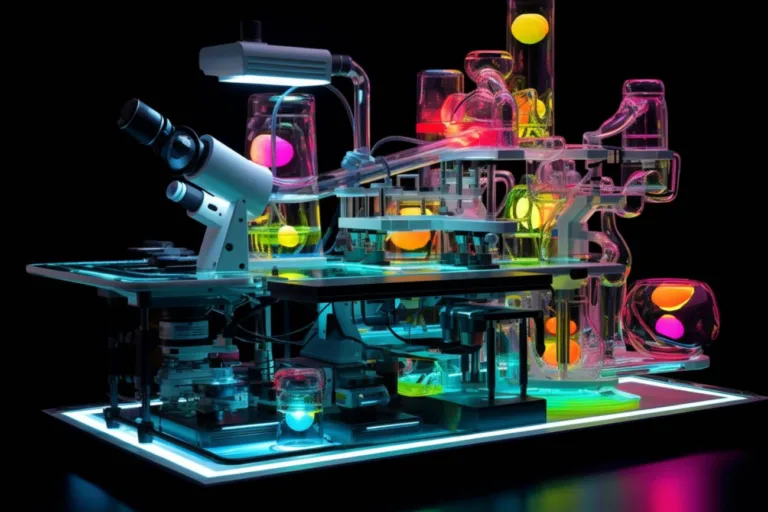The Krebs cycle, also known as the citric acid cycle or tricarboxylic acid cycle, is a fundamental biochemical pathway that plays a crucial role in the cellular respiration process. This cycle is a series of chemical reactions that occur within the mitochondria of eukaryotic cells, generating energy in the form of adenosine triphosphate (ATP) while also producing carbon dioxide and high-energy electron carriers like NADH and FADH2.
Overview of the krebs cycle
The Krebs cycle is a complex sequence of reactions that begins with the entry of a two-carbon molecule, acetyl-CoA, into the cycle. Acetyl-CoA is generated from the breakdown of glucose, fatty acids, and amino acids through prior metabolic processes like glycolysis and beta-oxidation.
Once acetyl-CoA enters the cycle, it combines with a four-carbon molecule, oxaloacetate, to form a six-carbon compound called citrate. Through a series of enzymatic reactions, citrate undergoes transformations that release carbon dioxide and generate energy-rich molecules.
Energy production
The main purpose of the Krebs cycle is to extract high-energy electrons from carbon compounds and transfer them to electron carriers. NADH and FADH2 are generated during the cycle and carry these electrons to the electron transport chain, the final step of cellular respiration. This chain is located in the inner mitochondrial membrane and generates a proton gradient, which drives ATP synthesis through chemiosmotic coupling.
The Krebs cycle directly produces a small amount of ATP through substrate-level phosphorylation. However, its primary role is to provide high-energy electrons that contribute to the creation of a proton gradient, setting up the electrochemical potential necessary for ATP synthesis.
Regulation of the krebs cycle
The Krebs cycle is tightly regulated to ensure the efficient utilization of metabolic intermediates and energy production. Enzymes within the cycle are regulated by feedback inhibition and allosteric control. Factors such as the availability of substrates, energy demands of the cell, and the presence of oxygen influence the rate of the cycle.
Key Enzymes and Intermediates
The Krebs cycle involves several key enzymes and intermediates, each playing a specific role in the overall process. Some of these include:
- Citrate synthase
- Aconitase
- Isocitrate dehydrogenase
- Alpha-ketoglutarate dehydrogenase
- Succinyl-CoA synthetase
- Succinate dehydrogenase
- Fumarase
- Malate dehydrogenase
Frequently Asked Questions (FAQs)
Q: What is the primary function of the Krebs cycle?
The primary function of the Krebs cycle is to generate energy-rich molecules, such as NADH and FADH2, as well as carbon dioxide, which are essential for cellular respiration.
Q: How does the Krebs cycle contribute to ATP production?
The Krebs cycle indirectly contributes to ATP production by producing NADH and FADH2, which carry high-energy electrons to the electron transport chain. The electron transport chain generates a proton gradient that drives ATP synthesis.
Q: What are some regulatory mechanisms that control the Krebs cycle?
The Krebs cycle is regulated through feedback inhibition and allosteric control of key enzymes. Factors such as substrate availability, cellular energy needs, and oxygen levels influence the rate of the cycle.
Q: Where does the Krebs cycle take place in the cell?
The Krebs cycle takes place in the mitochondria of eukaryotic cells, specifically in the mitochondrial matrix.
Q: What are the end products of the Krebs cycle?
The end products of the Krebs cycle include carbon dioxide, NADH, FADH2, and a small amount of ATP produced through substrate-level phosphorylation.
Se även nedan:






